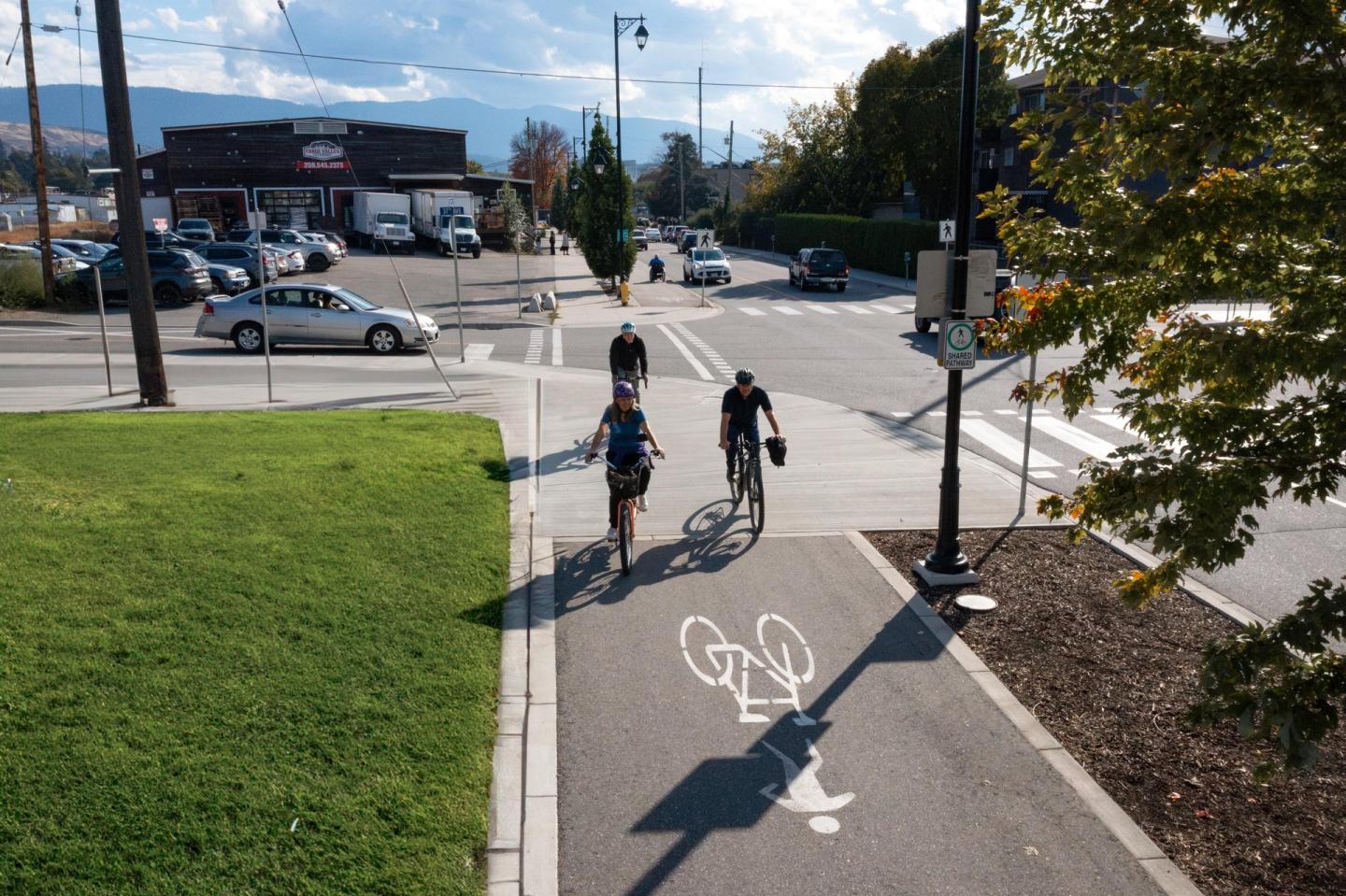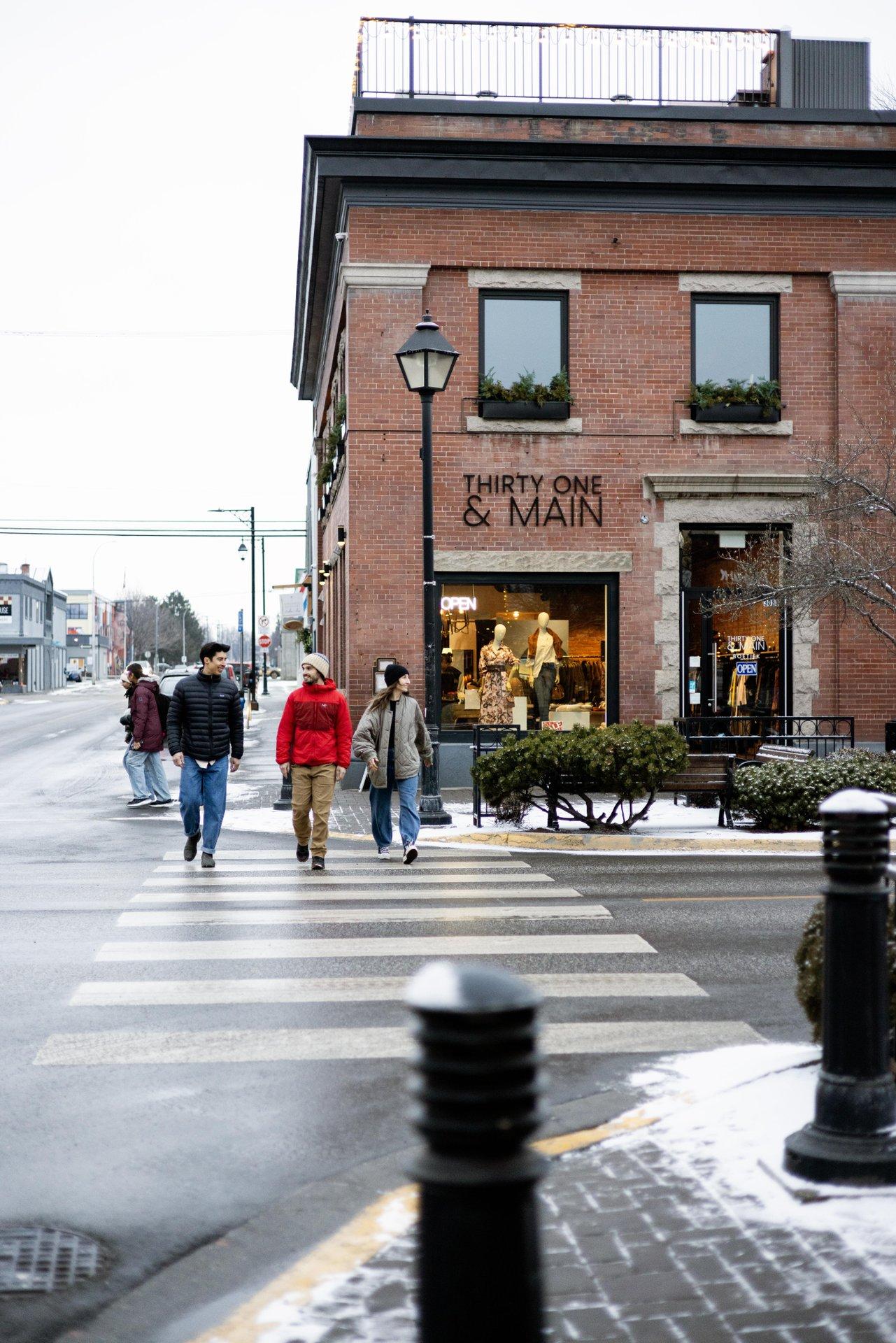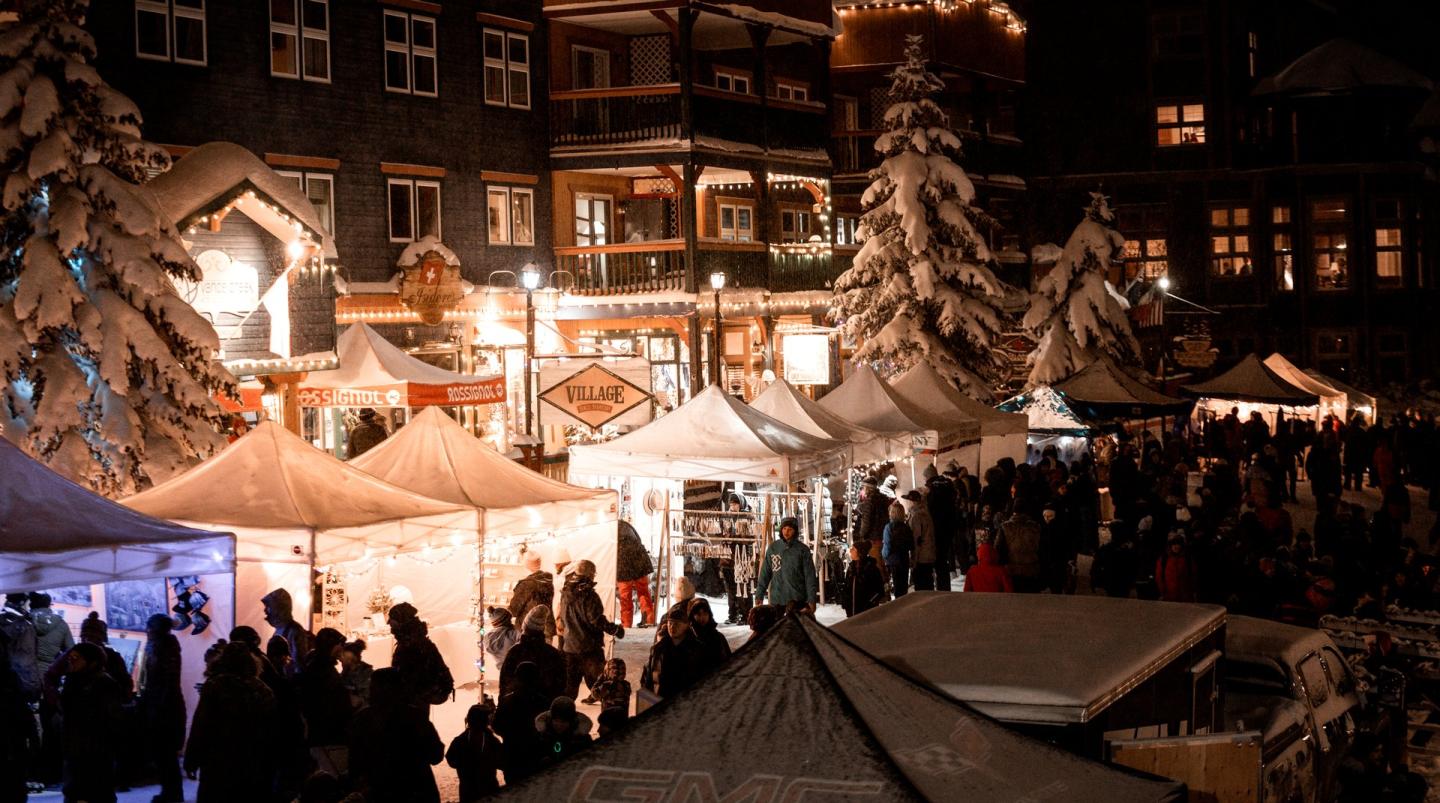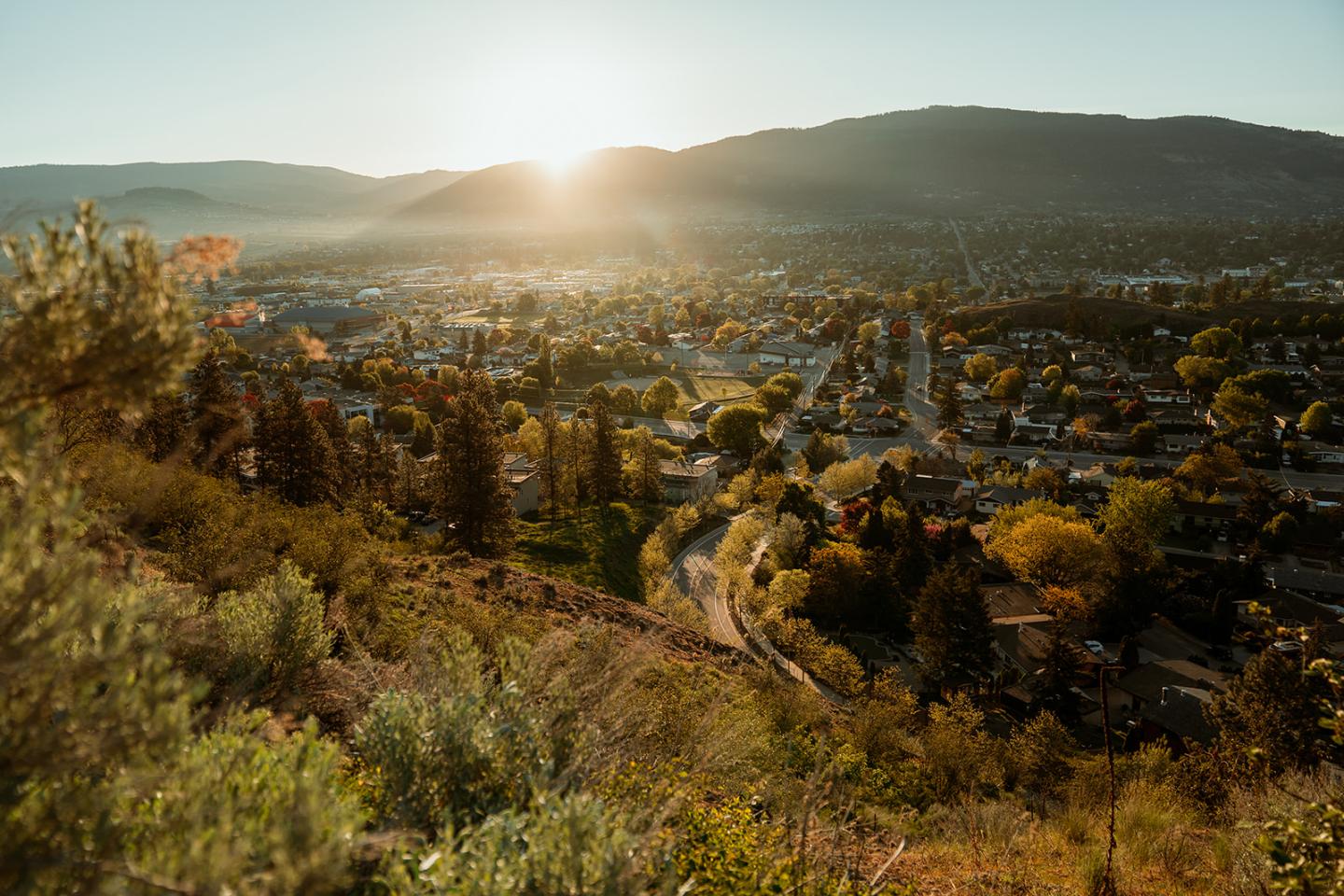

Greater Vernon
Welcome to Vernon, located in the traditional territory of the Syilx People of the Okanagan Nation. This isn’t a fancy town, and we’re not fancy people, but we do know how to have fun, and we’d like to think we’ve got our priorities straight. We spend our time exploring the turquoise lakes, deep forests, and sweeping valleys that stretch for miles in every direction, and we love living in a community of folks who believe in happiness, relaxation, adventure, and one another. We eat really well, laugh a whole lot, and try to remember what’s truly important in life.
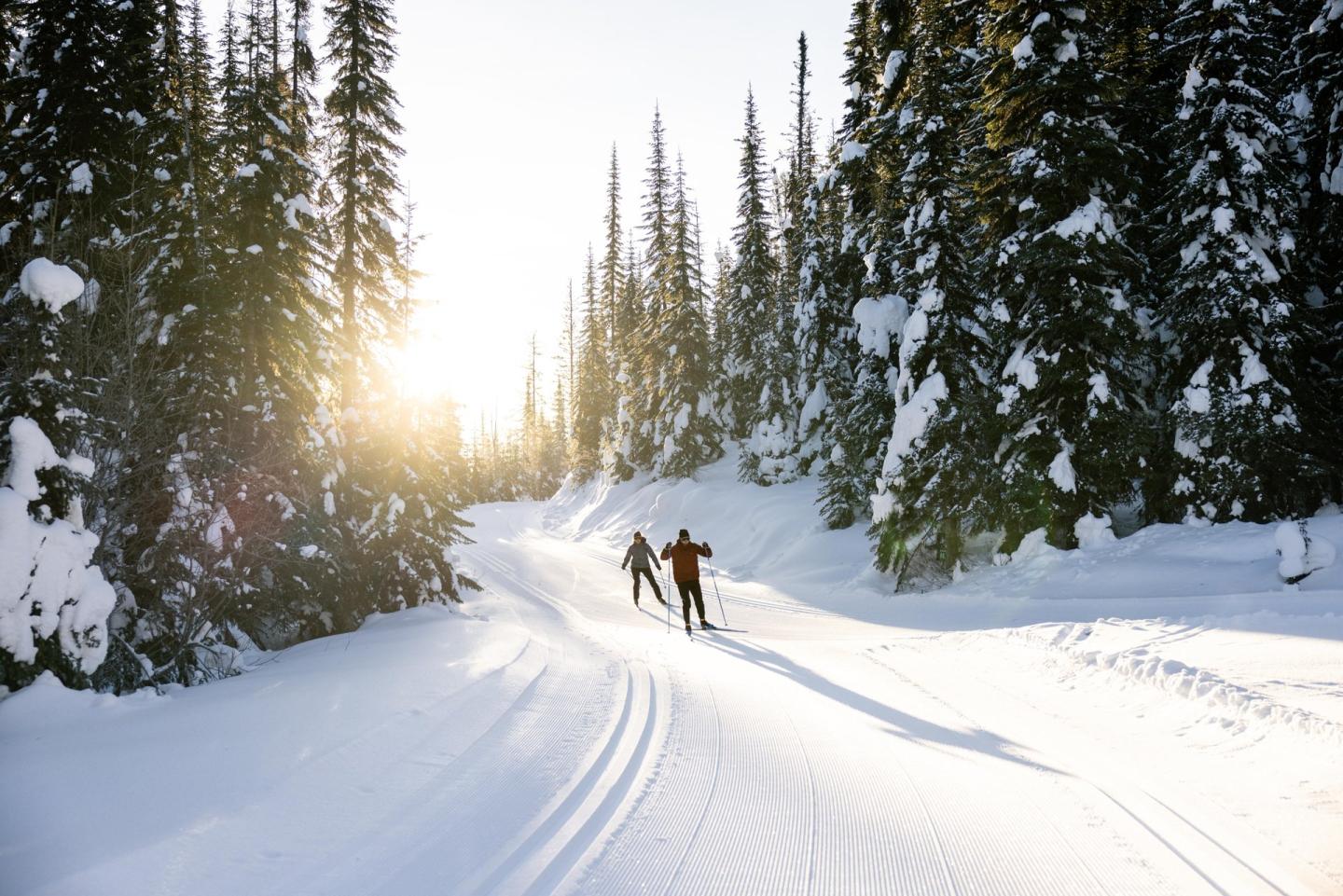
Oh, and we’re especially proud of our trail system, which has earned us the title Trails Capital of BC, and connects us to everything that makes Vernon so special. Like nature, adventure, arts, culture, and community. Even our food.
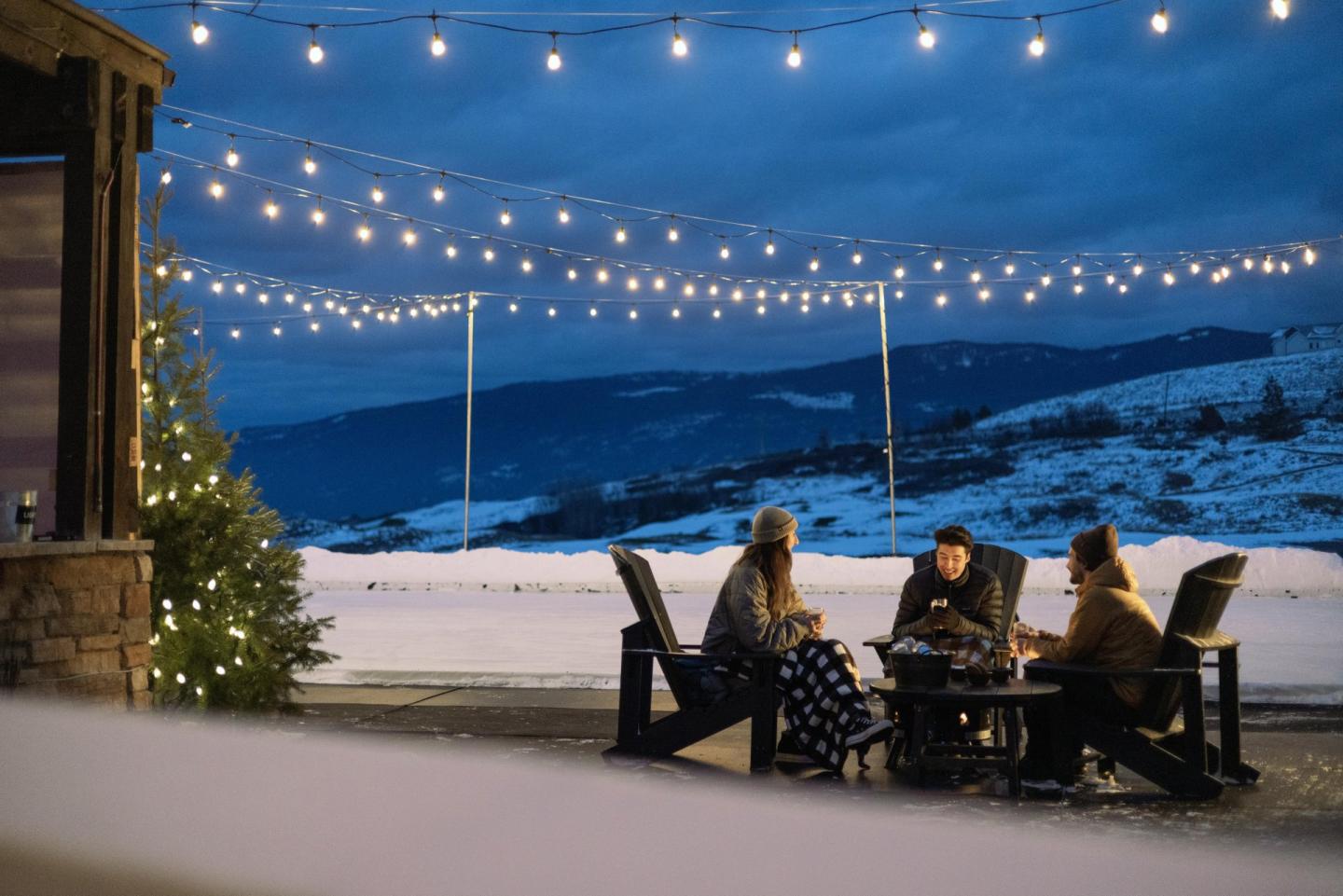
We’re pretty sure there’s nowhere else quite like Vernon, and we can't wait for you to experience it.
Welcome to Vernon. Happy Trails.
